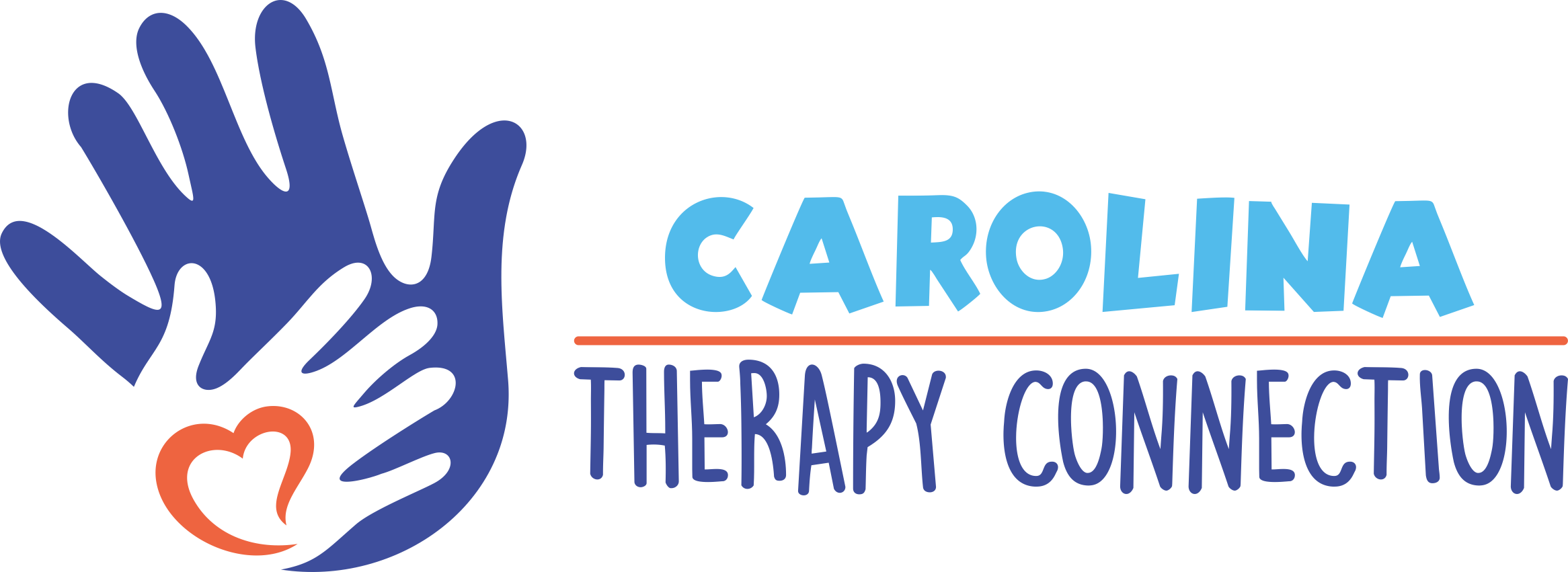Understanding Speech Sound Disorders: Articulation and Phonological Challenges in Children
Speech sound disorders are characterized by difficulty producing clear and intelligible speech. They can manifest as difficulty producing specific sounds (articulation disorders) or broader patterns of sound errors (phonological disorders). Both conditions can hinder communication, affect self-esteem, and impact social interactions.
What Are Speech Sound Disorders?
Speech sound disorders encompass difficulties producing speech sounds correctly or organizing them according to the rules of language.
- Articulation Disorders: These involve challenges in physically producing specific speech sounds. For example, a child might substitute “wabbit” for “rabbit” or omit sounds altogether, such as saying “ca” instead of “cat.”
- Phonological Disorders: These refer to predictable patterns of errors affecting sound organization and usage. For instance, a child might consistently simplify sound clusters, saying “pane” instead of “plane.”
Both types of disorders can reduce speech intelligibility, making it hard for others to understand the child.
Examples of Common Speech Errors
Children with speech sound disorders may exhibit errors such as:
- Substitutions: Replacing one sound with another, such as “fumb” for “thumb.”
- Omissions: Leaving out a sound, such as saying “bu” for “blue.”
- Distortions: Producing a sound inaccurately, such as a slushy “s” in place of a clear “s.”
- Phonological Processes: Using error patterns like fronting (“tat” for “cat”) or cluster reduction (“top” for “stop”).
How Speech Therapy Can Help
At Carolina Therapy Connection, we offer evidence-based treatments tailored to each child’s unique needs. Our team addresses articulation and phonological issues, helping children speak more clearly and confidently.
Therapy Techniques
- The Cycles Approach targets one phonological pattern at a time in a structured cycle to gradually improve multiple speech errors.
- Minimal Pairs Therapy: Uses pairs of words like “bat” and “pat” to help children differentiate and produce distinct sounds.
- Phonetic Placement Approach: Provides multimodal (visual, tactile, and verbal) prompts and cues to assist in articulator placement and movement.
- Traditional Articulation Approach: Focuses on correctly producing specific sounds through repetition drills and guided practice.
- Auditory Bombardment: Exposes children to repeated examples of correct sound use to help them internalize patterns.
- Modeling and Recasting: Demonstrates accurate sound production and corrects errors naturally during conversation.
- Shaping and Scaffolding: Gradually builds complex skills by starting with more straightforward tasks.
Generalization and Confidence Building
The ultimate goal of speech therapy is to help children generalize their improved skills to everyday interactions. This involves:
- Practicing target sounds in real-life situations, such as reading aloud or engaging in conversations.
- Providing home practice activities with parental involvement to reinforce progress.
- Encouraging self-confidence as children experience success in communicating clearly.
Why Choose Carolina Therapy Connection?
At Carolina Therapy Connection, our licensed Speech-Language Pathologists (SLPs) are dedicated to helping children overcome the challenges of speech sound disorders. We create individualized therapy plans that address each child’s needs while working closely with families to ensure lasting progress.
With our evidence-based approaches, we aim to improve speech intelligibility, enhance communication, and foster self-esteem. If you’re interested in learning more about severe speech sound disorders and how we incorporate different treatment plans into therapy, including intensives, please get in touch with us to schedule an evaluation. You can also use this link to explore our pediatric intensive therapy services.

